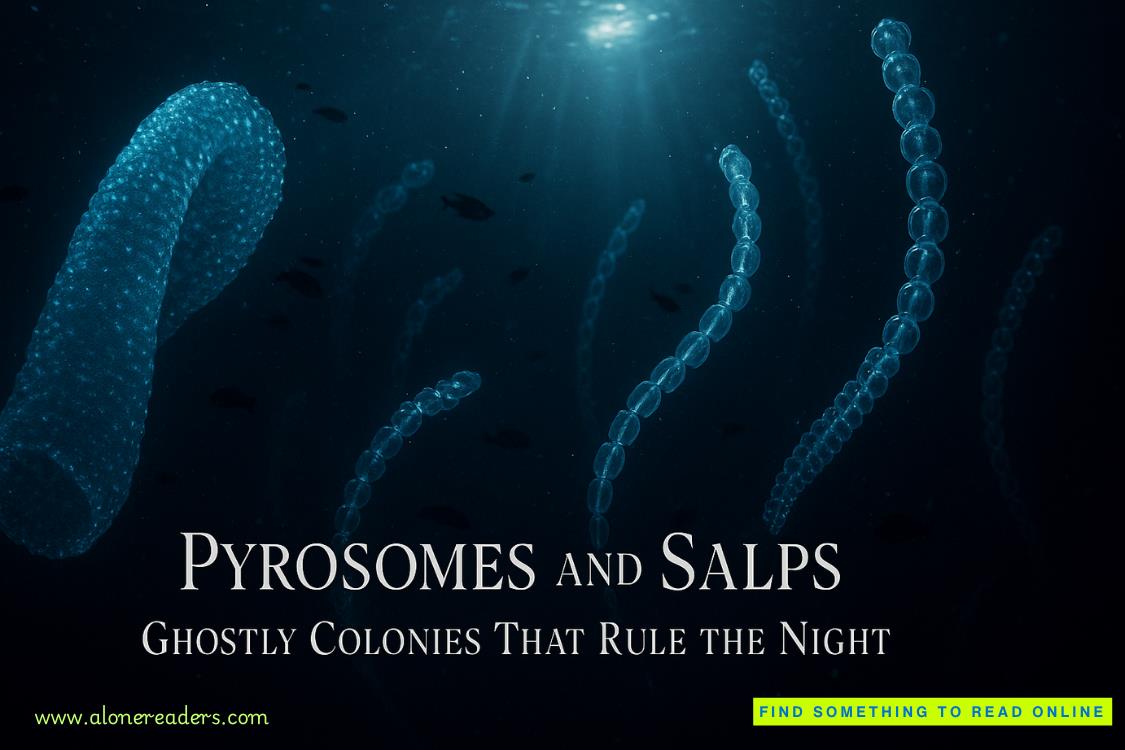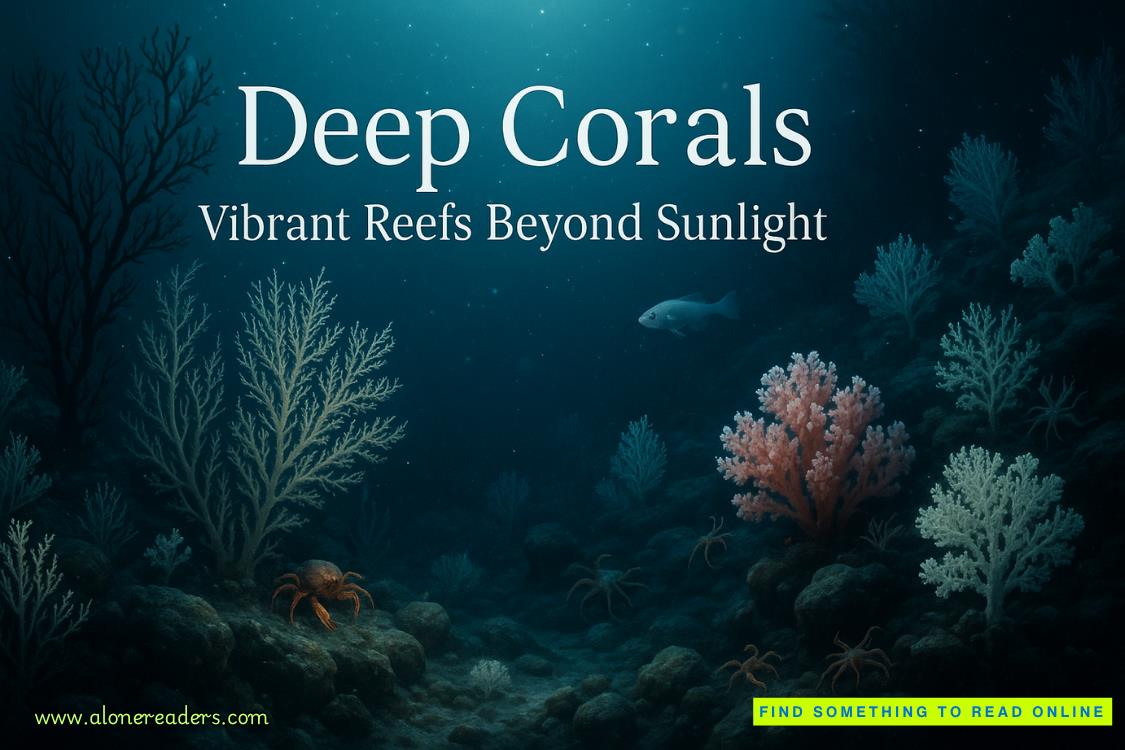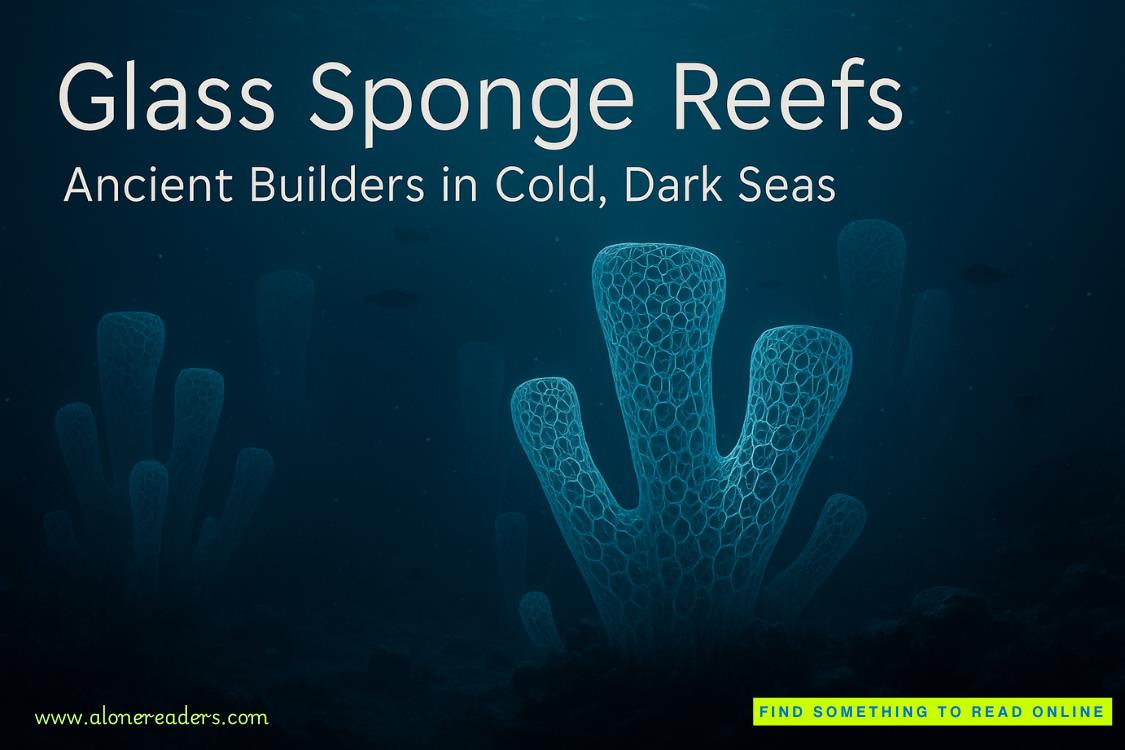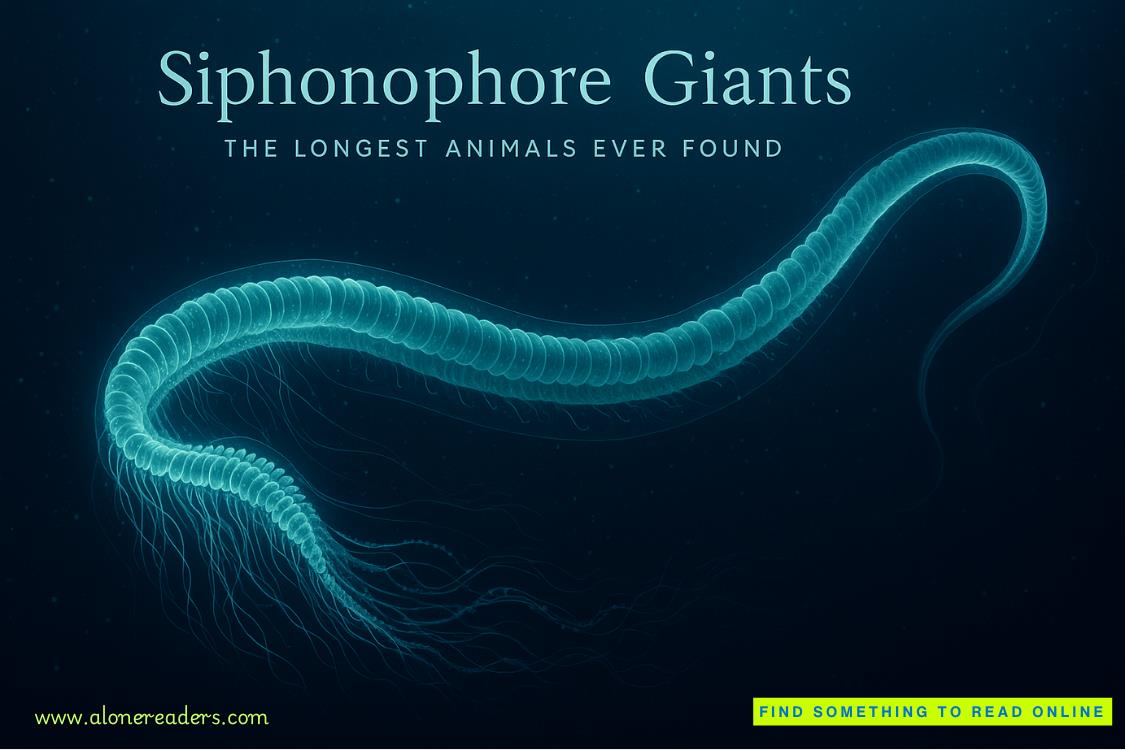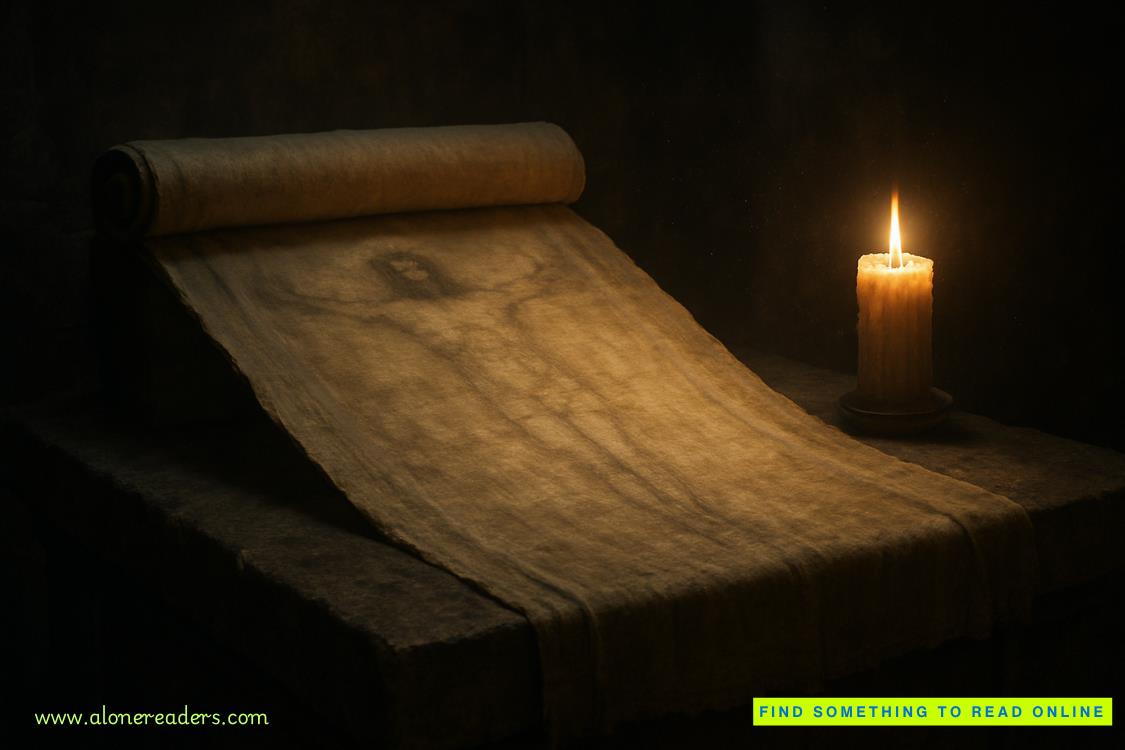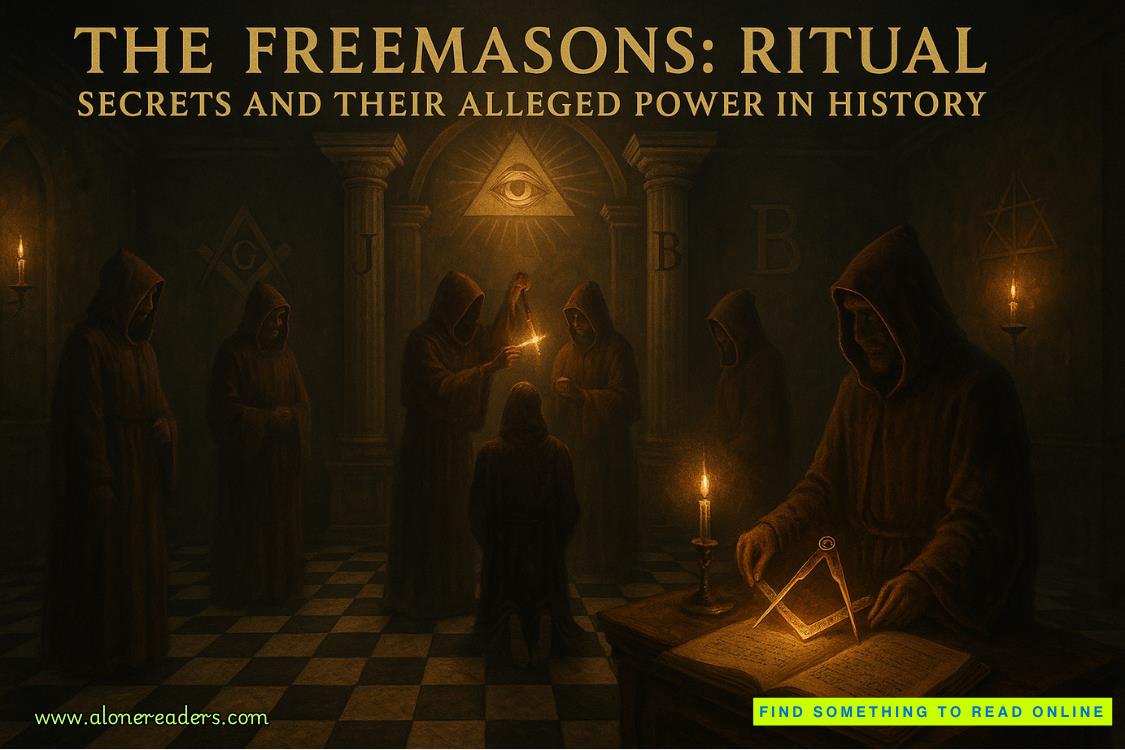Page 19 of What Happens in Amsterdam
Clearly my reading comprehension skills could use some work—because when I show up at the museum Saturday morning, Wouter is parking his bike, his hair still damp from a morning shower and a bit ruffled by the wind.
I give him a puzzled look.
He gives me one back.
“Sorry, I’m just a little confused,” I say as he approaches.
“It…was a two-for-one ticket,” he says. “Didn’t you get the attachment?”
Oh. The one I skimmed because it was in Dutch.
“It’s a big museum,” he rushes to say. “We don’t have to—obviously—”
I nod vigorously. “Right. I’m sure we won’t even run into each other.”
Ten minutes in, I’m no longer thinking about my own sad circumstances but Vincent’s, his lack of recognition while he was alive and the mental health care he desperately needed but wasn’t advanced enough at the time. His close relationship with his art dealer brother always makes me emotional. Theo died only six months after Vincent, as though the heartbreak was too much to bear.
As it turns out, the museum isn’t as big as Wouter claimed it was, or I’m too aware of him. I step closer toThe Potato Eaters, one of Van Gogh’s earlier works. A family of five huddles around a table with a single bulb illuminating their faces, the light giving them a hint of dusky warmth. And there’s Wouter, approaching the painting from the other side, then making a hard right turn when he spots me.
I take my time reading the descriptions, listening to an audio tour, weaving around groups of excitable kids and tourists speaking different languages. But when I spot him in the crowd again near a series of sketches, I wait until he moves on to the next room. It’s the most awkward game of espionage.
When this happens a third time, I don’t even have to force the laugh. “This is a bit ridiculous, right?” I say. “We don’t have to avoid each other.”
Wouter visibly exhales, his shoulders softening. “You’re sure you don’t mind? I’d hate to make you uncomfortable.”
“Not any more uncomfortable than what we’re doing now.” We can wander an art museum together. Nothing in our rental contract said we couldn’t. “You’ve probably been here a hundred times.”
“A handful,” he admits. “But not since I was in school. That’s why I was curious to go today, actually. They have a self-portrait exhibit that closes this weekend.”
A salt-and-pepper-haired tour group passes us, a guide chattering in animated French.
“I might go slow,” I warn, and he just shrugs, indicating this doesn’t bother him. He doesn’t shift his weight like he’s eager for me to hurry up, doesn’t check his phone, only watches me with a calm curiosity, the sleeves of his button-up rolled loosely past his wrists, one hand tucked in the pocket of his dark jeans.
The whole time, I’m aware of him in the space next to me, though I do my best to keep a couple feet between us. Occasionally the light catches the bald spot on the back of his head, and I remember how effortlessly he joked about it when we talked about getting old.
At one point, he leans in close. Whispers my name. “Danika.”
Every molecule in my body becomes attuned to that low timbre of his voice.
When I glance up at him, and then behind me, there’s a little girl with a sketch pad gazing intently atAlmond Blossom, with its teal background and delicate white flowers. I give her a smile as I inch to the side, where I’m no longer blocking her view, and I wonder if Wouter is thinking the same thing I am.
We used to do that, haunt a museum for hours on end, circle back to our favorite pieces before finding a corner to sketch in. Sometimes we’d even just people watch, his head resting on my shoulder, my hand on his knee. We could be anonymous there.
“That looks great,” I tell the girl when I get a glimpse of her rainbow-marker rendition of the painting. She gives us a toothy grin and says something in Dutch.
Wouter laughs as he translates. “She said he didn’t use enough colors.”
When we reach the self-portrait exhibit, Wouter’s gaze lights up with recognition. “Ah, I’ve always loved this one.”
Self-Portrait with Grey Felt Hat, 1887: one of his most well-known self-portraits. “Youliking a popular piece of artwork?” I say. “What about it?”
“There’s so much color, almost like he’s in motion.” Wouter gestures with his hands, mimicking the brushstrokes that make up Van Gogh’s face, beard, jacket, all of them spiraling outward and drawing the eye right to the center. “He doesn’t look unhappy, necessarily, but he doesn’t look happy, either. You can see the sadness underneath all the color. The yearning. How badly he wanted to be seen as an artist in a world that didn’t seem to have space for his style of art. No matter how beautiful, most of his work has that—that undeniable sense of melancholy.”
I just stare at him. “But you don’t care about Van Gogh.” I even try to pronounce it the same way he does, the proper way:Van Ghoff, with a gutturalG.
Wouter presses his lips together, trying to look nonchalant. “I never said that.”
Our topic list has expanded: we can talk about the apartment, water management, and Vincent van Gogh.
